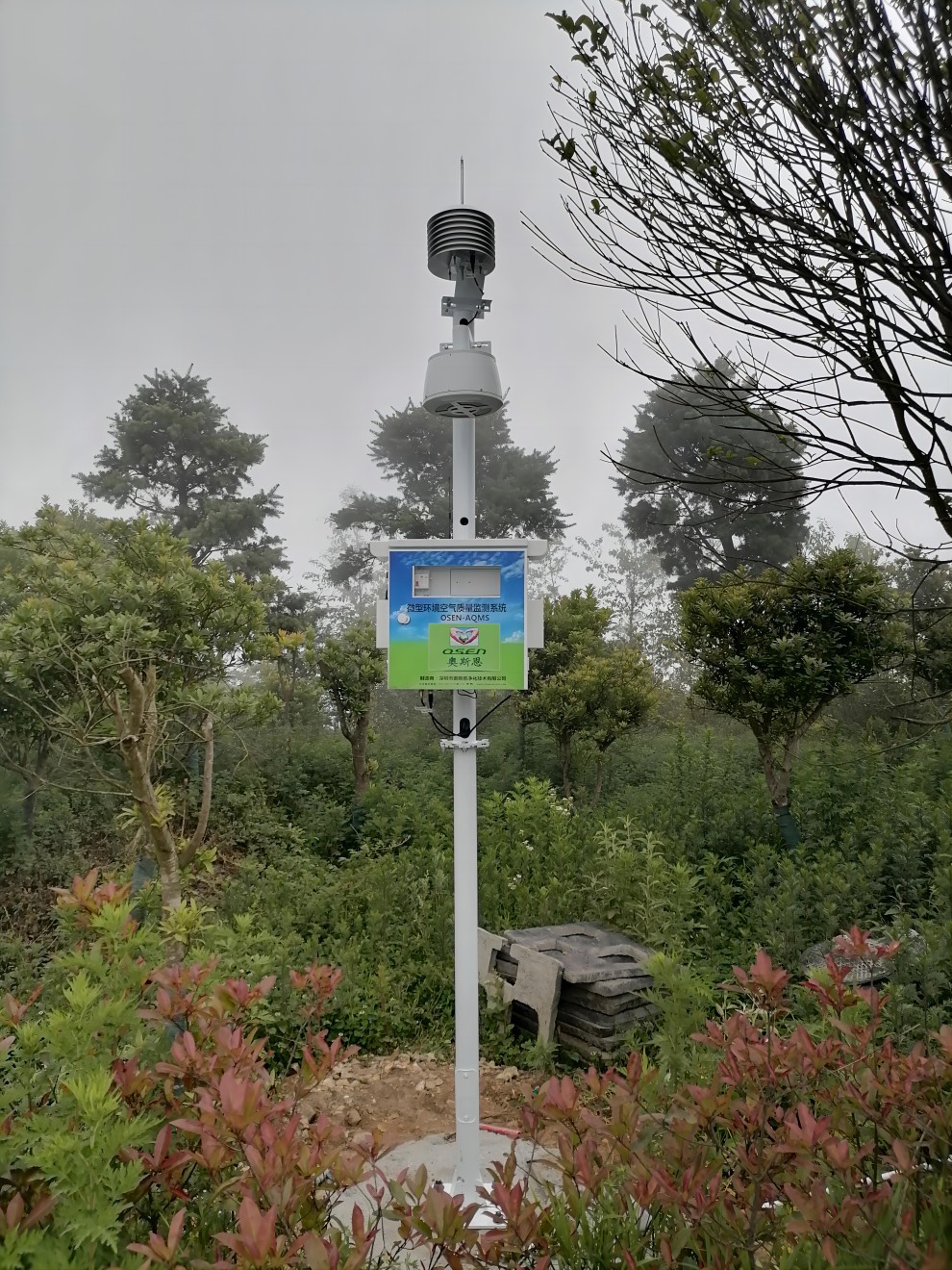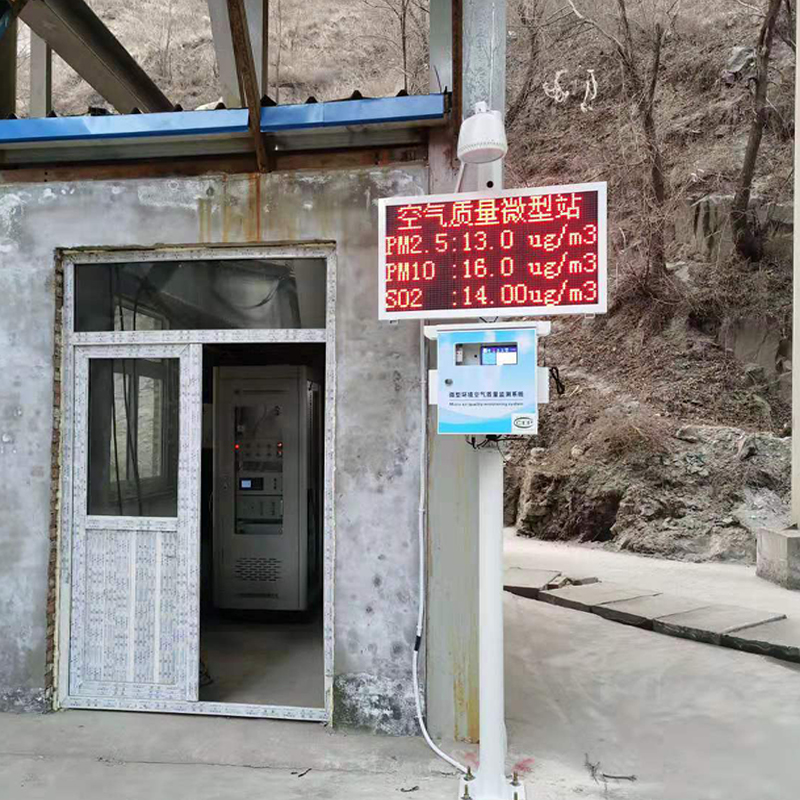In today´s era, air quality is closely related to everyone´s life and has become a highly anticipated social focus. With the rapid advancement of global industrialization and urbanization, the impact of human activities on the atmospheric environment is becoming increasingly profound, and the air quality is facing unprecedented challenges.
Micro air environment monitoring stations are widely used for 24-hour continuous online monitoring of conventional pollution factors and meteorological parameters in the air. The analyzed data is provided to environmental regulatory departments as a reference for air quality and assists in environmental decision-making. The monitoring factors include: extremely fine particulate matter (PM2.5, PM10), ozone, sulfur dioxide, carbon monoxide, hydrogen sulfide, nitrogen oxides, volatile organic pollutants, total suspended particulate matter, lead, benzene, meteorological parameters, visibility, etc. The IoT technology is used to obtain real-time data from each monitoring point. Based on GIS technology, an air quality map is presented. At the same time, through the analysis and judgment of monitoring data, air quality warning, analysis of main pollutant source types, visualization of pollution status, and tracing of pollution source diffusion process are provided. On site real-time data visualization is also available. LED Screen, high-definition LCD display, supporting the cloud platform on the WEB side, WeChat official account, and monitoring the query of control data on the large screen; High data accuracy, good stability, easy installation, simple maintenance and remote calibration, integrating big data analysis models, providing a basis for regulatory authorities to carry out pollution source analysis in urban air quality control, win the battle for blue sky protection, and implement scientific governance of atmospheric pollution prevention and control.

Equipment features:
(1) Equipped with cloud based automatic online calibration function, it can achieve automatic correction of zero and range drift and cross interference, and support manual calibration. The micro automatic monitoring station equipment supports remote online calibration function. Users can perform online calibration of the equipment to correct data anomalies and environmental interference caused by zero drift, without the need for on-site manual calibration;
(2) Gas flow monitoring is carried out through free diffusion, with the monitoring sensor wrapped in a grid mesh structure to achieve free contact between the monitoring sensor and the external gas.
(3) Adopting a hundred leaf box design, suitable for various meteorological conditions, ensuring air circulation and no temperature difference inside and outside;
(4) Can simultaneously monitor gas parameters and inhalable particulate matter, and display monitoring values on the data platform;
(5) Tool free disassembly, convenient for point migration and equipment maintenance;
(6) Adopting imported high-sensitivity sensors, with fast response time, high resolution, good linearity, and a detection limit of up to ppb level;
(7) Six gas indicators can be selected, and gas image five parameters, noise and other parameters can be flexibly customized;
(8) It can be powered by both mains electricity and external solar energy to solve problems such as wiring and electrical connection;
(9) Stable performance, high accuracy, easy operation, easy maintenance, and power-off protection function;
(10) Adopting a 32-bit high-speed processing core chip; Automatic conversion of monitoring data units, mg/m3,ppb,ppm;
(11) Multidisciplinary algorithm model, stable and accurate data, achieving high-precision detection with a resolution of 1 ppb, and meeting the monitoring indicators of national control stations;
(12) Integrated GPRS communication technology, real-time monitoring of atmospheric environment data, real-time transmission of data, and real-time monitoring of equipment operation status;
(13) Implement multi parameter automatic monitoring and anti-interference technology design;
(14) Small size, modular design, flexible grid layout;
(15) Integrated temperature compensation technology and long-term automatic calibration technology;

Keyword:



